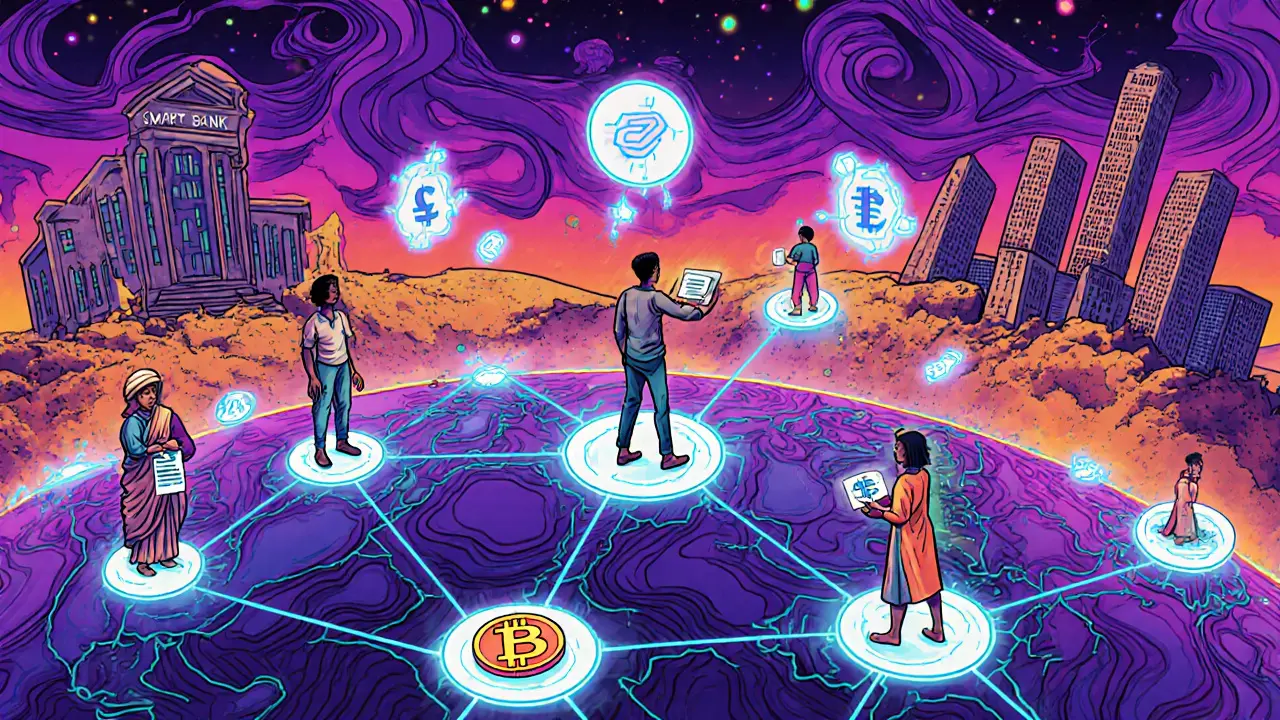Decentralized Finance: What It Is and How It's Changing Crypto
When you hear decentralized finance, a system that lets people lend, borrow, and trade without banks or middlemen using blockchain technology. Also known as DeFi, it’s not just a buzzword—it’s the backbone of how millions now move money without asking permission. Unlike traditional finance, where banks control your account and set the rules, DeFi runs on open software called smart contracts, self-executing programs on blockchains that automatically handle transactions when conditions are met. These contracts don’t need humans to approve loans, pay interest, or swap tokens—they just do it, every time, exactly as coded.
What makes DeFi powerful isn’t just automation—it’s composability in DeFi, the ability to stack financial tools together like LEGO blocks to create new services. Want to borrow crypto, use it as collateral to earn yield, then automatically reinvest that yield into another protocol? That’s possible because one DeFi app can talk to another. This isn’t theory—it’s why you see people earning 12% APY on stablecoins while still using their assets in trading or gaming platforms. But it’s not all smooth sailing. Low liquidity, broken contracts, and fake tokens like POG or Vatan show how risky this space still is. Not every DeFi project is built to last.
Some DeFi tools are designed for big players, like tokenized real-world assets that let you own fractions of gold or government bonds. Others are for everyday users trying to outsmart traditional banks—like earning crypto just by holding a token, or swapping coins across chains without going through an exchange. You’ll find both here. Some posts dive into platforms that actually work, like the ones enabling cross-chain swaps or yield strategies with real volume. Others call out scams hiding behind flashy names—because in DeFi, if it sounds too good to be true, it usually is.
What you’ll see below isn’t a list of every DeFi project ever made. It’s a curated look at what’s real, what’s dead, and what’s worth your time in 2025. From how Els Finance tries—and fails—to compete with bigger DEXes, to why composability is the secret sauce behind the whole system, this collection cuts through the noise. You’ll learn what to avoid, what to watch, and how to tell the difference between a working protocol and a ghost town with a token.
How DeFi is Disrupting Traditional Finance
DeFi is changing finance by removing banks, cutting fees, and giving global access to lending, trading, and savings-all through blockchain and smart contracts. Here’s how it’s disrupting traditional finance and who’s really benefiting.
